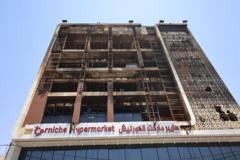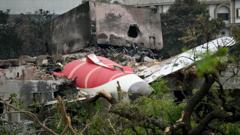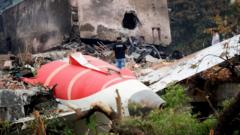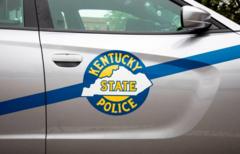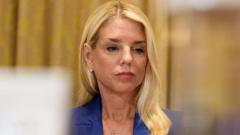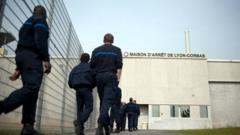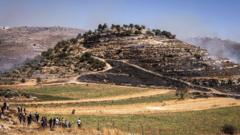After a troubling resurgence of small debris, various Sydney beaches have been closed while investigations continue into the source of the materials.
Small Mysterious Debris Forces Closure of Sydney Beaches
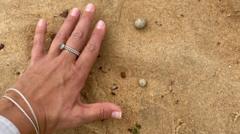
Small Mysterious Debris Forces Closure of Sydney Beaches
Authorities collect marble-sized balls for testing as concerns rise over safety.
The coastline of Sydney is again facing beach closures due to the emergence of small, marble-sized balls, notably grey and white in color. The Northern Beaches Council has shut down nine beaches, including the much-frequented Manly and Dee Why, as ongoing inquiries commence to assess these new concerns. This follows a recent incident where eight beaches were closed in October because of thousands of black balls discovered along the shore.
Testing conducted under the supervision of local authorities indicated that the previous black debris was likely the result of a sewage spill, heightening the alarm among the public. Northern Beaches Mayor, Sue Heins, expressed worries regarding the newfound grey and white balls, stating, "We don't know at the moment what it is, and that makes it even more concerning."
A report shared on the Northern Beaches Council's Facebook indicated that alerts from the New South Wales Environmental Protection Agency (EPA) spurred the recent actions. Local authorities plan to collect the new debris for laboratory testing while also inspecting additional nearby beaches. The public has been encouraged to report any sightings of the mysterious balls.
The previous debris incident, initially referred to as “tar balls,” revealed a mix of contaminants, including cooking oils, soap scum, various pharmaceuticals, and other waste materials. Scientists noted these substances often resemble fatbergs, which typically form in sewage systems. While Sydney Water announced no ongoing issues within its waste management systems, the origin of the substances remains unknown, raising public safety concerns regarding beach usage.
Greens party politician, Sue Higginson, highlighted the continuing uncertainty in a statement, emphasizing that the EPA has yet to identify the source of the harmful human waste responsible for these troubling fatbergs, leaving residents questioning the safety of Sydney's beaches.
Testing conducted under the supervision of local authorities indicated that the previous black debris was likely the result of a sewage spill, heightening the alarm among the public. Northern Beaches Mayor, Sue Heins, expressed worries regarding the newfound grey and white balls, stating, "We don't know at the moment what it is, and that makes it even more concerning."
A report shared on the Northern Beaches Council's Facebook indicated that alerts from the New South Wales Environmental Protection Agency (EPA) spurred the recent actions. Local authorities plan to collect the new debris for laboratory testing while also inspecting additional nearby beaches. The public has been encouraged to report any sightings of the mysterious balls.
The previous debris incident, initially referred to as “tar balls,” revealed a mix of contaminants, including cooking oils, soap scum, various pharmaceuticals, and other waste materials. Scientists noted these substances often resemble fatbergs, which typically form in sewage systems. While Sydney Water announced no ongoing issues within its waste management systems, the origin of the substances remains unknown, raising public safety concerns regarding beach usage.
Greens party politician, Sue Higginson, highlighted the continuing uncertainty in a statement, emphasizing that the EPA has yet to identify the source of the harmful human waste responsible for these troubling fatbergs, leaving residents questioning the safety of Sydney's beaches.

